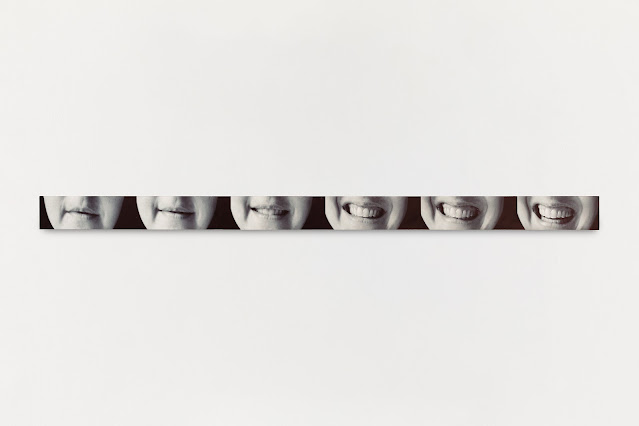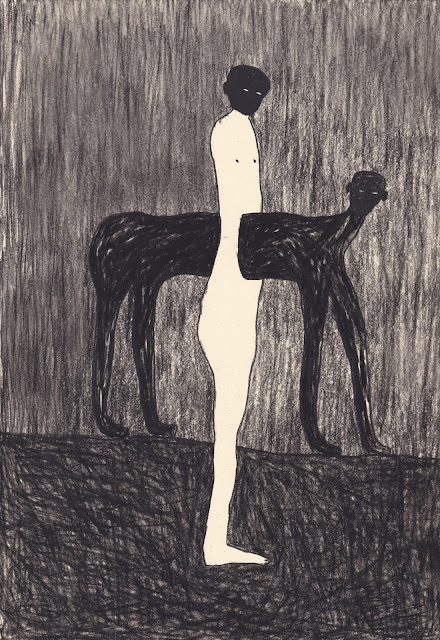Elvis
A bit of a departure for me on this blog. I want to share my first written thoughts on Baz Luhrmann's new movie, which I now realise I saw the day after its UK general release, and which I wrote the day after that. Thanks to Anna and Sophie for an excellent Father's Day present and to Nicky for coming with me.
Although it was one of those ‘drama-based-on-a-true story’ type things, the single most poignant moment for me came in a piece of actual documentary footage very near the end. Shot in Las Vegas a few weeks before his death. An unsteady Elvis is helped to a piano and sits, with difficulty, like an old, infirm man. His face is bloated almost beyond recognition, yet the hands are slim and delicate; almost feminine. He sings ‘Unchained Melody’ like the angel he is soon to become. There is a moment early on in the footage when the camera catches his eyes. They are bloodshot and sunken, yet out of their depths comes the most imploring, desperately sad glance. Just for a second the universe is in those eyes; a bereft universe, filled with damage and pain. Those eyes are begging for the strength to complete the song and for some kind of more general help and redemption. All of this in literally a moment. If only the director could have constructed this, somehow, in the dramatic body of the movie. What an ending that would have been.
I wanted to write some thoughts while my experience of the film was still new and fresh, and before I have read any reviews or heard the thoughts of others. The film is well made, although it loses its way a little later on (a bit like Elvis did, I suppose, although I don’t imagine that was an intentional ploy on the part of the director). It seems, overall, a story about a martyrdom. Elvis is here depicted as insistently human, especially in his frailties, yet also somehow transcendent; burning with a spiritual fire instilled at birth with a miraculous merging of souls between him and his still-born twin brother (there are several references in the film by various characters to Elvis seeming almost like two men) and a clandestine childhood experience in a Black church, when the Spirit enters him.
The movie is insistently revisionist in terms of Elvis’ early life and career, painting him as someone who spent most of his leisure time in the company of African Americans. Beale Street in Memphis is his regular haunt, for example, and B. B. King his closest friend. This aspect is probably a tad over-determined, but a refreshingly different take on the story nevertheless. On the other hand, Elvis’ mother comes out of it badly. Usually depicted as a supportive and tragic figure, here she is an over-bearing, maudlin alcoholic who never got over the death of Elvis’ twin and was so scared of losing the living child that it consumed her and ultimately destroyed her. Vernon remains close to type; in the movie, as in everything I’ve learnt about him over the years, he is a near vacuum, useful mainly to the manipulations of Colonel Parker.
Beautifully played by a heavily made up and almost unrecognisable Tom Hanks, Parker is the most intriguing character in the film, which tells its story primarily through his eyes. This is a clever move. Parker is usually cast as chief villain of the piece, whilst remaining almost a cipher as a person. In the film we are able to feel Parker’s remonstrations and his reasoning away of his motives and actions as though from the man himself. Whether intentionally or otherwise, Parker still doesn’t emerge as any kind of hero. His achievement was, here, his key role in the construction of the mythical, almost godlike, Elvis figure; without, of course, the least care for the man’s human needs, other than that he must be kept alive and, as far as possible compliant. Elvis is alternatively ‘my boy’ or ‘Mr Presley’ to Parker, but in either case he is merely commodity or product. Austin Butler, the actor chosen to pay Elvis was excellent as the young EP (although his face kept reminding me of the Grease era John Travolta, which was a bit distracting). He was too young, good-looking and slim to be really believable as ‘old’ Elvis, though; and the filmmakers made almost no attempt to effect the kind of transformative make up that turned Hanks into Parker. But then, perhaps the implied thesis of Elvis as mythical hero or god, burning with a cosmic fire had to be maintained in later stages by presenting him in his spiritual, rather than earthly form?
Elvis, dir. Baz Luhrmann, 159 mins. Warner Bros. Pictures. Released 24 June 2022 in the UK


















